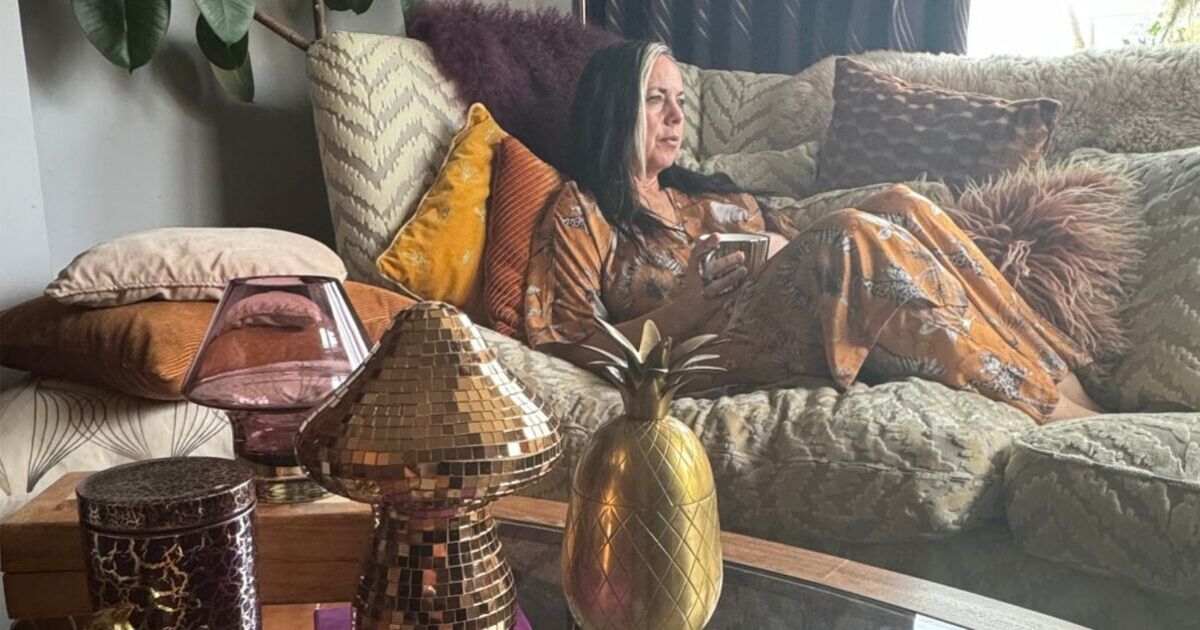
The rise of ‘fast homeware’ has led to one in six people changing their decor every year and millions of usable items ending up in landfill. Research, into 2,000 adults, revealed 62% have thrown away homeware in good enough condition to donate to charity.
A quarter (26%) also feel that homeware trends are changing at an increasingly fast pace. More than half (57%) regularly buy new items with wanting to keep styling fresh (38%), a mood boost (23%) and trend driven purchases (13%) the main reasons.
Despite an increase in purchase frequency, four in 10 adults questioned in the British Heart Foundation poll, don’t consider the environmental impact when buying new homeware products. The study was commissioned to encourage ‘slow-ware’ – buying pre-loved homeware – before buying new and donating what you no longer use.
Allison Swaine-Hughes, for the charity, said: “Most of us are aware of the impact that fast fashion has on the environment, but don’t think about this when it comes to homeware. Items like mirrors and sideboards might fall out of favour in your home, but they’re that missing piece in someone else’s home. When refreshing your homeware, consider buying second hand first – our home stores are continually restocked and could have just what you’re looking for.”
It also emerged 52% change around items and decorations in their homes depending on the seasons, leaving more potential for purchasing and getting rid of unwanted pieces. Despite the increased frequency of homeware changes, 27% admitted to having never bought a second-hand item, while 29% very rarely do so.
However, of those that have done so, 56% do to save money, while 37% reckon they find more unique items. And a third of those, polled via OnePoll.com, do because it’s more sustainable.
While the cost-of-living crisis continues to bite, 60% of all respondents have said price is key to any homeware purchases respondents make, followed by style (44%) and functionality (40%). There’s an appetite to continue the trend of frequently mixing up furnishing in the home, with half wishing they did so more regularly.
The British Heart Foundation has also released images of selected products they currently sell to highlight how purchasing second hand can offer a great way to mix up home styles without breaking the bank or adding to landfill.
Allison Swaine-Hughes added: “We’ve made it easy to stop quality pieces from going into the bin. These days you can book home collections, post them to us or drop them into your local shop – and the best bit, you’ll be funding lifesaving research. And when considering your next purchase, always consider shopping second hand before buying new. It’s a better decision for your wallet and the environment.”
CASE STUDY
Sarah Cromwell, 51, a freelance art director, from London, has a home packed full of colour and pre-loved items found in charity shops. The second hand delights she picks up are mixed with new products from other stores as well as boot sales – and she has even discovered the odd gem in a skip.
She looks to create colour themes in each room at home, picking up interesting smaller homeware pieces, accessories and textiles to tell a specific colour story. It might be a throw, a cushion or some vintage curtains, a picture frame or a quirky trinket, simply something unusual that catches her eye. And when she wants to refresh a room, there’s endless items to choose from to do so in a new way.
Sarah said: “I used to have an all-yellow – very happy bedroom – that’s now changed to calming Mediterranean peachy plaster. With another neutral bedroom, I re-purposed my yellow accent pieces, lampshades, bowls and other trinkets with some bold vintage purple curtains, to create a whole new 60’s pop guest room.
“My boho 70’s luxe living room has peach, cream and damson with a touch of whisky orange. It showcases how a unique colour palette mixes together for a distinctive warm cosy space – which is really brought together by the small items in the room.
“One tip I’d give is to have an exact shade in mind, so ‘yellow’ could be mustard, or neon yellow, or pastel yellow. If you know the exact shade and only shop to that shade, you know things will go, regardless of what room you put them in. It’s a ready-made story ready to rewrite.”
